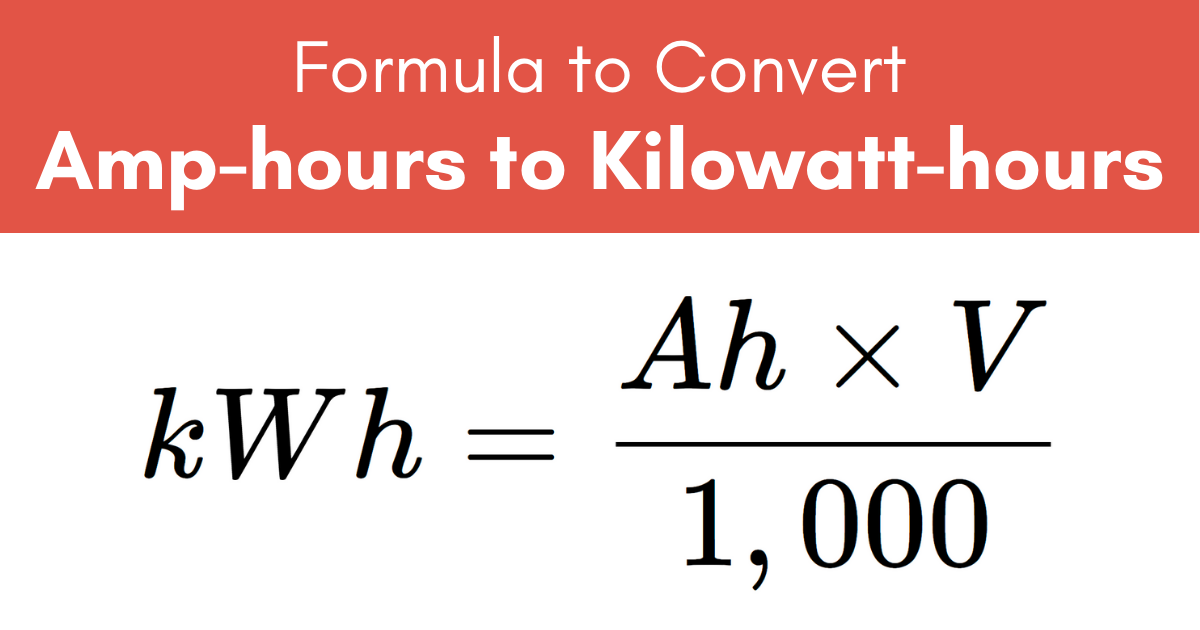Ohms_Cousin
New Member
- Joined
- Nov 6, 2020
- Messages
- 62
In a nutshell, YES. If two identical packs are in parallel then that load would be split between the two and they would discharge fairly evenly.
Right. I understand that part then.
So if a total battery pack is setup as 1 x 16s 280Ah cells + another 1 x 16s 280 Ah cells (to be clear, so 2 x 16s of 280Ah cells -16s2p?) then a total of a 200 amp draw on that total combined battery would be 100 amps across each of the 16s sets in the total battery ? (wording it awkwardly but want to make sure its crystal clear what I am trying to get at)
So 100 amps of load is drawn from each 16s string to make up the total combined draw on the battery of 200amps overall ?
What I dont get is, (or want to be sure about) from that one 16s string of 280Ah cells that is contributing 100 amps to the total 200 amp load, how much is each 3.2v cell contributing to the 100 amps being drawn from the 16s string?
I think its really really important to understand this concept well - so I would like to make sure I am getting this 100% correctly. Its a steep curve to get on top of while trying to ingest all this information and understand battery packs well when you are a beginner. Thanks for any insights, its all good.





